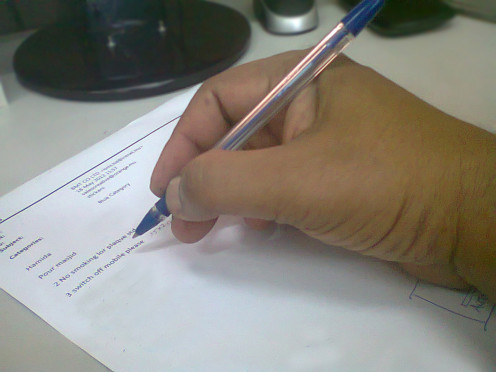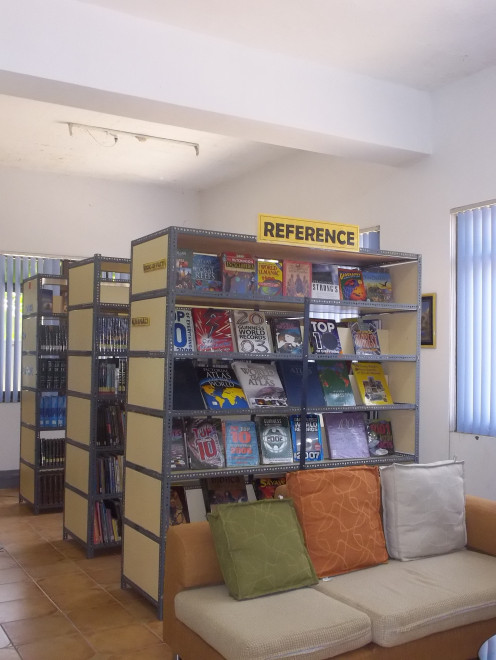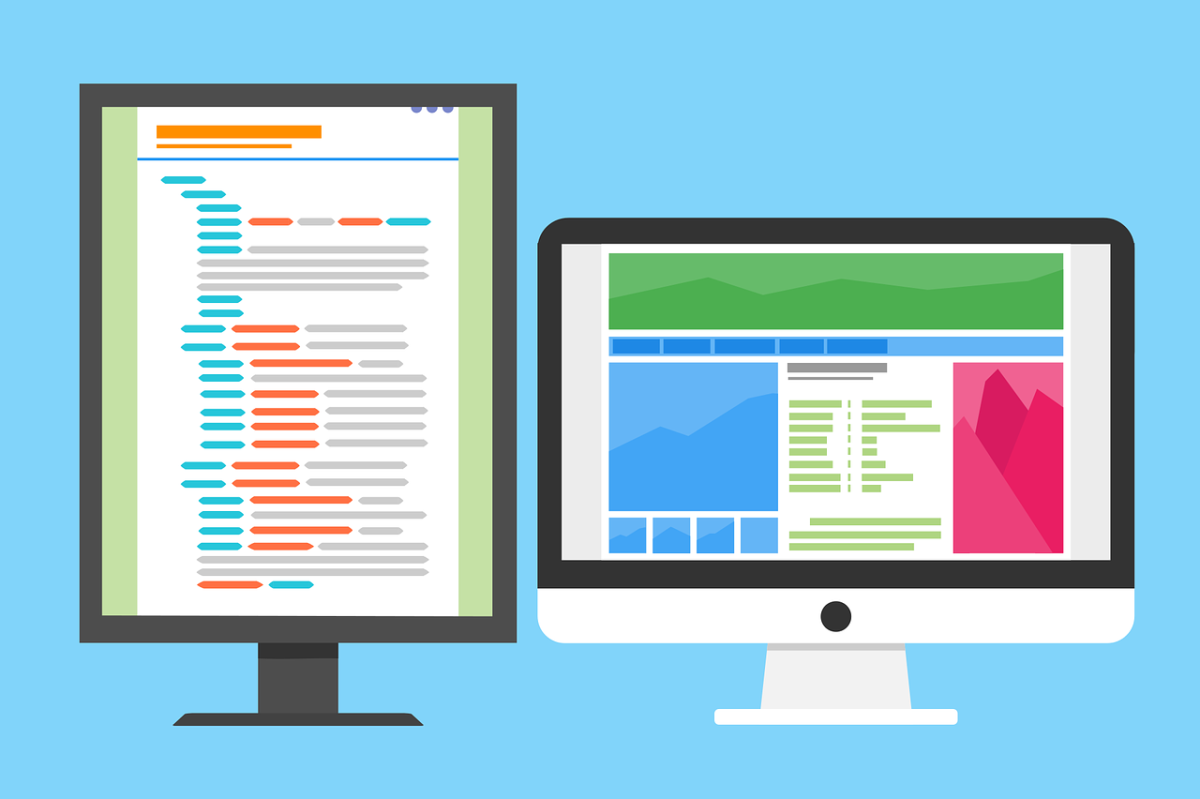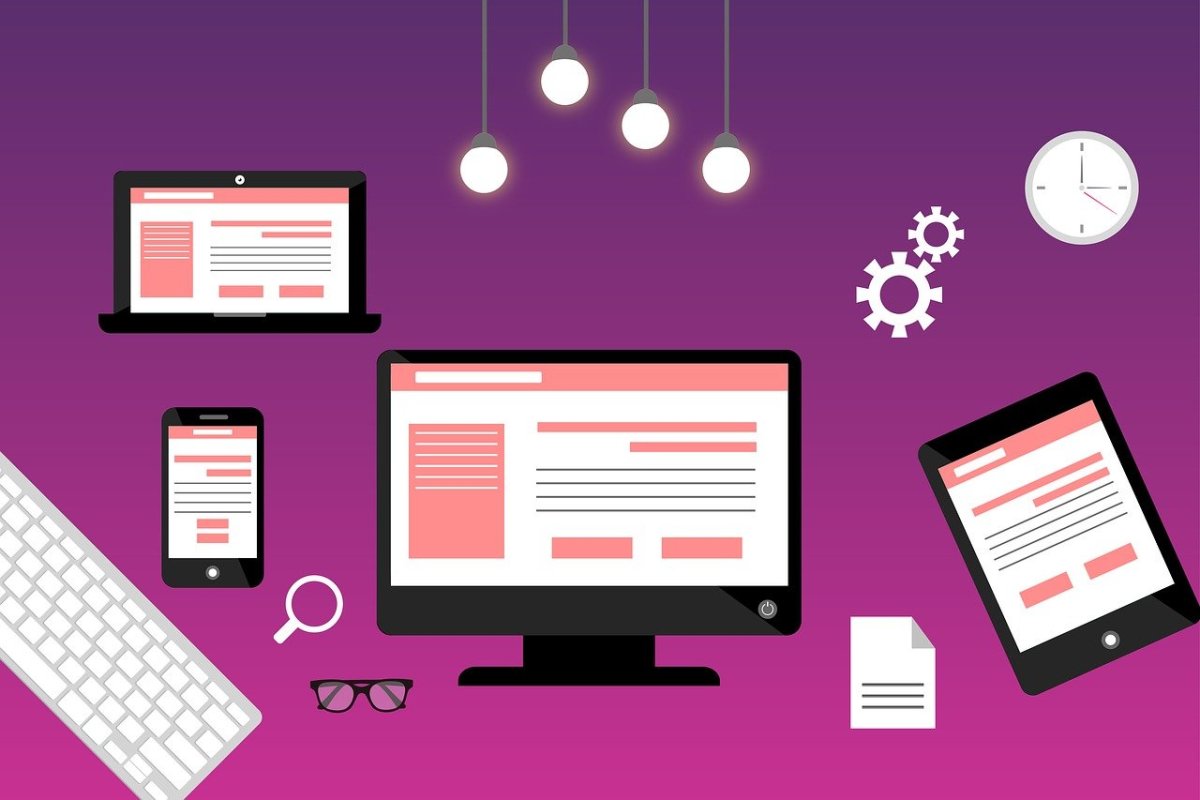Working as a Technical Writer

What do technical writers do?
Have you ever wondered who writes the little booklet that comes with a DVD player, or who creates the step-by-step instructions for flat-packed sets of drawers? Technical Writers (otherwise known as Information Designers or Technical Communicators) take the complex information that the designers and manufacturers create, and then 'translate' this into user-friendly information that the customer needs.
What skills are required to become a technical writer?
Generally speaking, a technical writer possesses a mix of writing, research, business, and design skills. And although every position and project requires a different mix of these skills, it is accepted that there are ‘core’ skills that required. These can be described under several broad headings:

– Writing and editing
Excellent writing and editing skills are a must. Currently there is a popular movement to write using concise, plain English language. As a professional writer, you must have a solid grounding in the mechanics of grammar, spelling, and appropriate style.

– Research
Every new project requires research to fully understand how a product is used, applied, assembled, or stored etc. This information often comes from a subject matter expert (SME) who is involved in the design, engineering, or creation of a products. It is the Technical Writers responsibility to gain a full understanding of the product (or service) being documented. This is usually obtained by interviewing the SME, and is called 'primary research'. Effective note-taking, questionnaire design, and attention to fine detail are highly desirable skills during this stage.
Other research skills that are often used involve searching technical journals, books, and other written sources that support the primary research. This is termed 'secondary' research.
– Audience analysis
Documentation should never be created without having a clear understanding of those who will be using it. Every audience is different, and requires documentation written with a different structure, tone, layout, and style. To effectively write for different audiences, technical writers may interview those who will use the information, or might create an average 'persona' of the user.
– Project management
Taking a technical writing project from conception to completion is often the sole responsibility of the technical writer. Projects have deadlines and are subject to strict business plans, and when projects fall behind schedule someone loses out. Project management skills enable appropriate scheduling of each stage of writing the documentation. This ensures the product and the documentation are ready at the same time... on time.

– Interpersonal skills
As the key person responsible for the design of documentation, a technical writer needs to liaise with managers, SMEs, and other interested parties, to complete their work. These people often have their own deadlines and responsibilities that limit the time they have to spare. Good interpersonal skills can make an important difference when trying to encourage someone to give you their valuable time and attention.
– User testing and user experience
These terms relate to the testing of how documentation is understood by the user. Clear and accurate documentation not only needs to transmit the intended information, but also needs to be appropriate for its intended use. Questions to ask might be:
- Where is this information used?
- Who is using it?
- What do they already know about the product?
- What level of English is appropriate?
- Should it be a physical (paper) document, or an on-line resource?

– Design
Having perfectly crafted words that convey your message may be a waste of time if the user can't find the information they want. There aren't many who read a manual from front to back, they often 'flick' to find the information they need. Badly designed layout of information may severely reduce its usability, which of course is one of tits primary functions.
– Graphics
Although a technical writer is not a graphic designer, having an understanding of the basics of graphic design is required. This doesn't need to include graduate level skills, simply an understanding of visual aesthetics and the graphics requirements of a project.
The next steps...
This isn't a definitive list of skills, but it is a good overview of what's required. To take your technical writing career further, consider enrolling in a technical writing or information design course. There are many good courses around the world, and many can be completed online.
About the author
Mark trained in communication engineering when he was 19, and then later completed a degree in medical radiography. After ten years as a practising radiographer, he travelled for two years with Gill, his wife, and is now training to become a technical writer in Christchurch, NZ.








